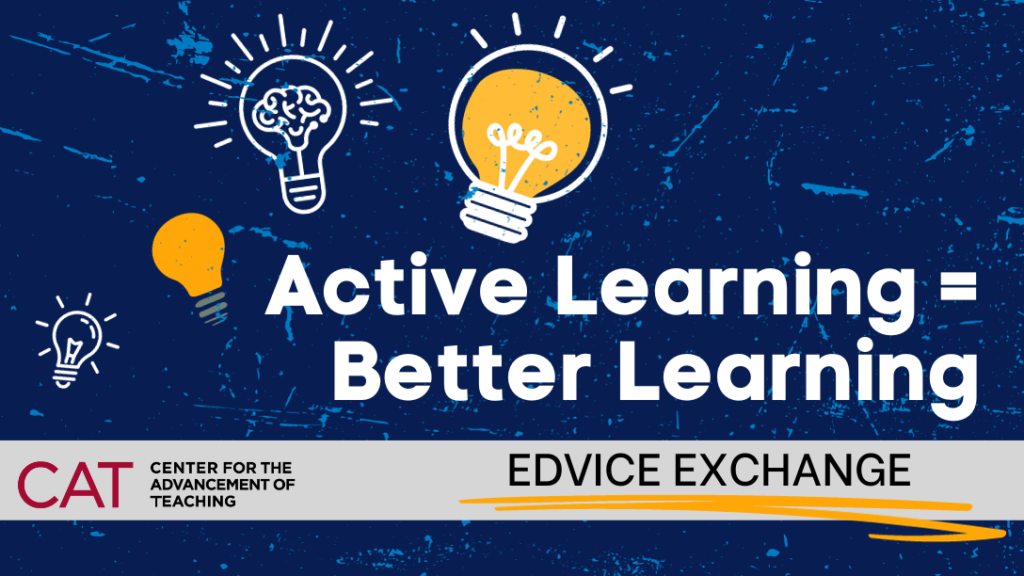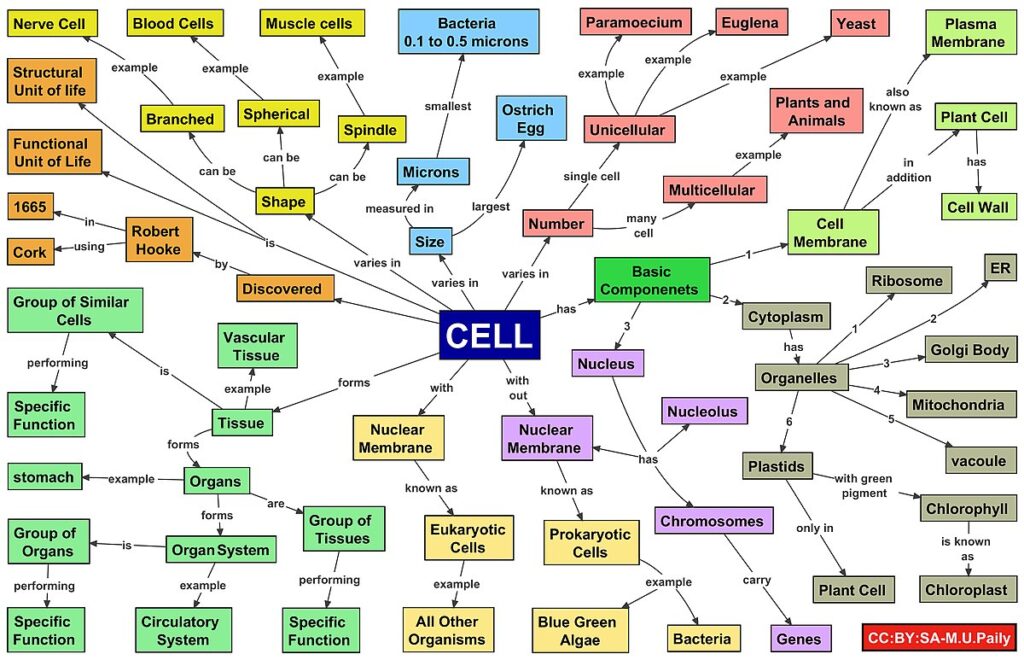Jennifer Zaylea and Jeff Rients

Hearing fellow faculty talk about their activities in class might beg the question, “How do you deliver all of your content if you are “playing” during class time?” Yet, if you really think deeply about it, isn’t the application of the content the real goal? Ensuring that the students are able to conceptualize and apply the information in meaningful ways is what we strive for as faculty. As mentioned in the introduction to this series, a meta-analysis of 225 studies, put forth by the Proceedings of the National Academy of Sciences (PNAS), revealed that STEM courses taught using active learning methods showed an increase of approximately 6% higher exam scores than non-active lecture courses and that the failure rate was 1.5% higher in traditional lecture courses (p. 8410).
A common concern we hear is that active learning techniques take up class time that should be spent on covering the vast list of required content for the course. Rather than being overly concerned with covering content in class, we can provide students the opportunity to cover at least some of the content outside of class. This allows for time to implement and practice the concepts during in-class activities where students can receive immediate feedback from their peers and faculty.
Using active learning techniques in-class does not mean that you are less needed. In fact, if you have designed your activities to help build the students’ self confidence in the material, then you’re actually very busy with facilitation of the activity and feedback or guidance. The learning is happening in real-time rather than a few hours, days, weeks after an assignment has been submitted. This approach affords you the opportunity to see where students might need additional support or where they have mastered certain content.
Below are a few basic active learning activities that are easy to implement in the classroom as you begin your exploration of new methods that can support an engaging learning environment.
- The Strategic Pause – Following 10 or 15 minutes of lecturing, announce something like “Before moving on, I am going to pause for a minute to allow you to catch up with your notes and decide if you have any questions.” This allows time for reflection, assimilation and retention of class material. Note that the first time you use this simple technique a full sixty seconds will feel like forever.
- Think-Pair-Share – One of the simplest but most effective ways to improve classroom discussions, a Think-Pair-Share begins with the instructor posing a question. Students individually contemplate this question for a minute or two (the Think step), then share their thoughts on the topic with the person sitting next to them (the Pair step), and conclude with a whole group discussion (the Share). This method gives students time to think their own thoughts and test them out in private, leaving them better prepared to participate in a class-wide discussion.
- Polling – Polling can be used in a variety of ways, such as asking your students to quickly offer a new idea on a topic, and the responses can be seen in real-time by the class. A single question poll following the presentation of a difficult topic can allow you to see if the students are ready to move on or if they need additional instruction on the current topic. Polling can be done with a simple show of hands, but more anonymous options, such as using polleverywhere.com or colored index cards, ensures more accurate results.
- Gamification/Challenges – Temporarily turning your classroom into a Jeopardy game or an online scavenger hunt provides an opportunity for students to engage in friendly competition while flexing their learning and building social connections.
- Concept Mapping – Students, using their own words and diagrams, make a visual that maps out the connections between course content. Concept mapping activates learning and retention of knowledge by requiring students to organize content in their own unique way. A concept map can be used as an additive organizational structure to build upon prior knowledge, brainstorming, conceptualizing connections. Asking students to compare concept maps or collaborate on creating one often reveals gaps in learning. Concept maps can be hand-drawn, produced with various graphic applications, or built with online whiteboard tools such as padlet.com or miro.com.

An example of an elaborate concept map.
- One-Minute Paper – A quick written task asking the students to summarize what they learned during the class and/or what they do not understand. One-minute papers can be completed on index cards and are usually low or no stakes. Consider asking students not to put their name on their One-Minute Paper, as you will get more honest and revealing answers to prompts focusing on where the students are still struggling.
A Helpful Hint
Don’t immediately try to implement every activity in every class. You will become frustrated and so will your students. Use the activities as they relate to and enhance your content and its implementation. Some activities will be less successful than others in your particular learning context, and this is part of learning what works for your students and your course objectives. But also keep in mind that facilitating learning activities is a skill and, like any skill, practice leads to improvement.
Temple Faculty who would like assistance planning a learning activity for their students, please remember that the CAT is here to help! Make an appointment to speak with one of our pedagogy specialists.
References
Freeman, S., Eddy, S.L., McDonough, M., Smith, M.K., Okorafor, N., Jordt, H., and Wenderoth, M.P. (2014). Active learning increases student performance in science, engineering, and mathematics. Proceedings of the National Academy of Sciences (PNAS), 111(23), 8410-8415.
Jennifer Zaylea is Digital Media Specialist at Temple’s Center for the Advancement of Teaching (CAT). Jeff Rients is Associate Director of Teaching and Learning Innovation at the CAT.

Cell Concept Map image by M.U.Paily made available under the Creative Commons Attribution-Share Alike 4.0 International license.